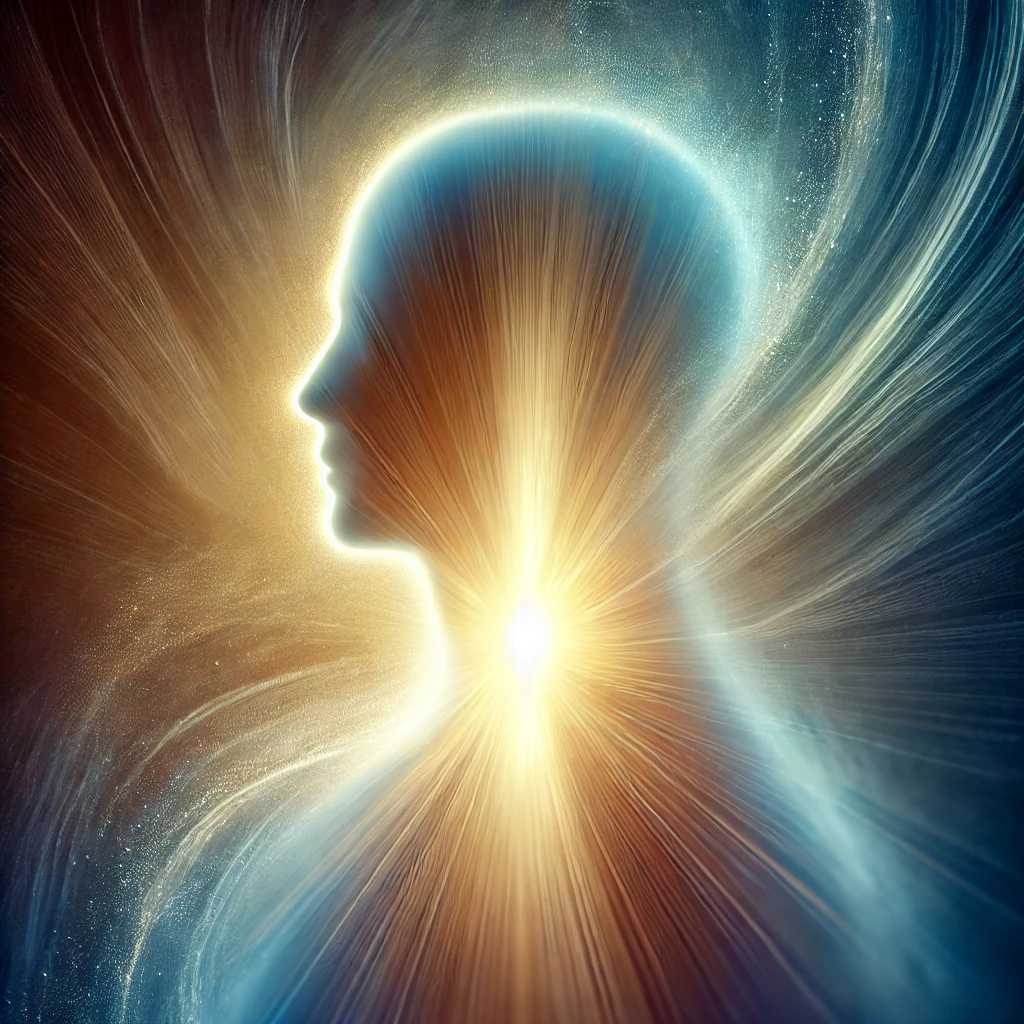To enter the black room is to confront the shadow self, to face mortality, and to embrace the truth that life and death are not opposites but two sides of the same coin.

One of the most striking elements of Edgar Allan Poe’s The Masque of the Red Death is the series of seven rooms where the masquerade takes place. Each room, distinct in its color and atmosphere, can be interpreted as a step along the path of inner transformation. From the first blue room in the east to the final black room in the west, these spaces symbolize the journey of consciousness—a journey through the stages of life, awakening, and eventual integration.









Conclusion: Embracing Wholeness – The Journey Forward
By Terry Spires
On 2024-12-02
In The Experience of Love: A Commentary on Awakening, Unity, and the Divine Self
Conclusion of The Experience of Love: A Commentary on Awakening and Wholeness
Every journey has its culmination, and yet, the journey of love, awakening, and wholeness is infinite. It is not a destination but an ever-expanding experience of self-discovery, integration, and creation. As we reflect on the path explored in this series, we are invited to step forward with the awareness that we are both human and divine, creators of our reality, and embodiments of infinite love.
This conclusion brings together the themes of awakening, unity, compassion, and the new consciousness, offering a final reflection on the beauty of living as a Divine Human.
Read More